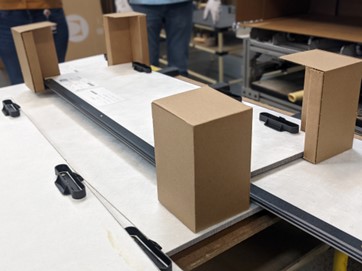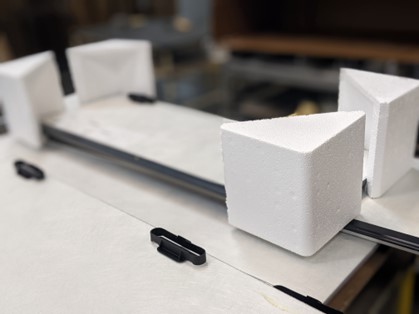Our Impact
It’s no secret that single-use plastic is harmful to humans, wildlife, and our planet. Plastic waste makes its way into our waterways, food chains, and landfills every day. Single-use plastic is any plastic material that is only used once, for a short period of time, before being thrown away.
As part of our 2030 sustainability goal of Designing Out Waste, we plan to stop using single-use plastics and substantially reduce all other forms of waste. One of the ways we're working to reduce our single-use plastic consumption is through our packaging.
Plastics in packaging are used because their unique characteristics are helpful in the distribution process – they are light and cheap. They make load containment easier and protect products from damage, dust, water, and more during transit. Once they’ve done their job, they often go into the trash or are difficult to recycle.

It’s not always possible to eliminate single-use plastic from an application or process. When we cannot identify a replacement material for single-use plastic, we work to make it smarter and more sustainable by reducing the amount of plastic used (downgauging) and/or incorporating recycled content.

Our Progress
We’re actively finding eco-friendly alternatives to common single-use materials like Styrofoam and plastic wrap, and we’re adding recycled content wherever possible in our global operations.

Through the hard work of many teams, we were able to achieve over 38% reduction in single-use plastics so far – that's over half a million pounds of single-use plastic removed. To date, we have nine operations facilities globally that have successfully reduced the use of single-use plastics and are on track to reduce more.